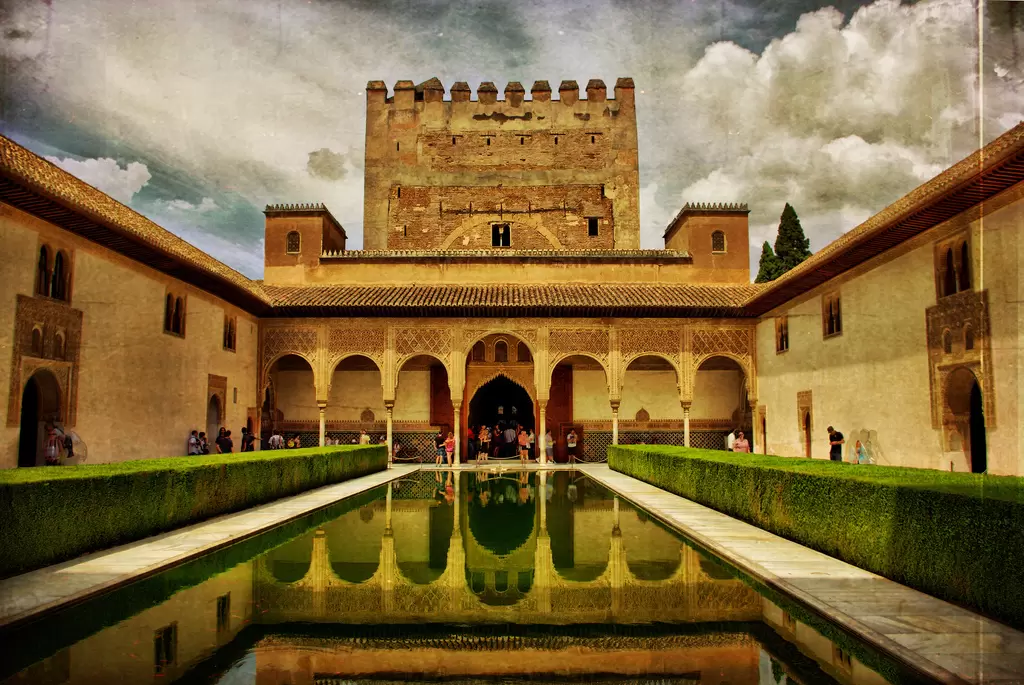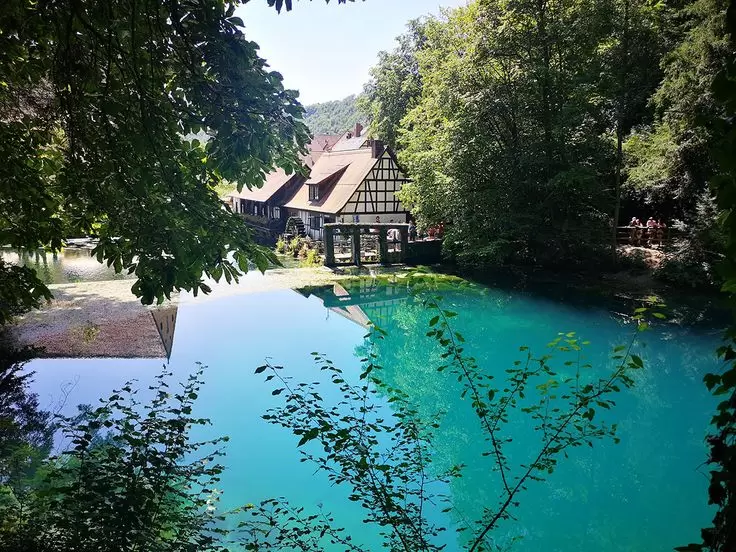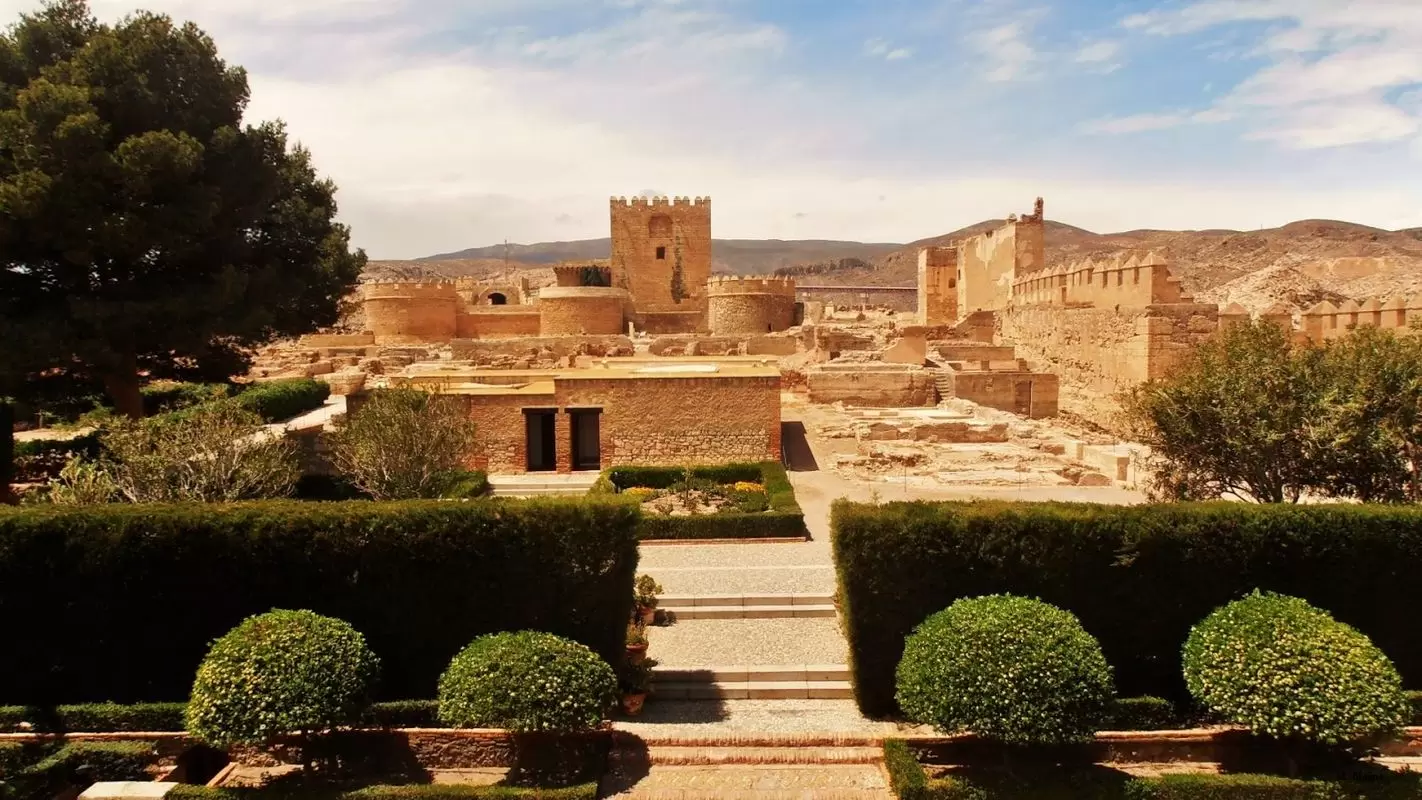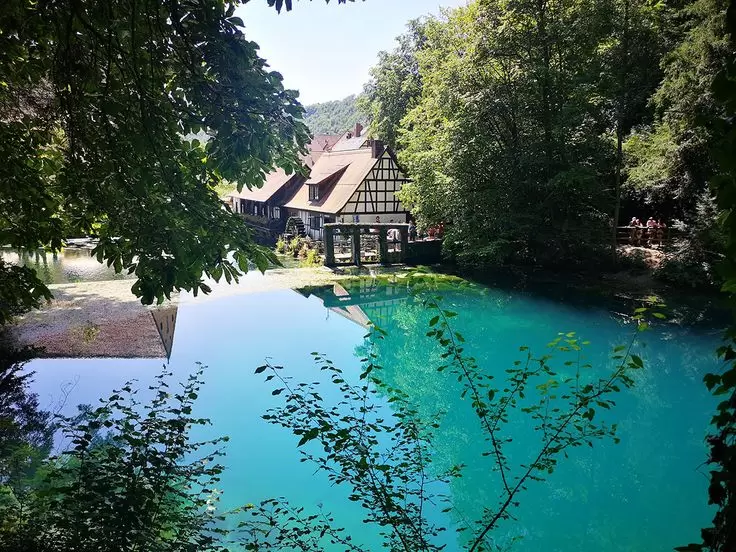The Alhambra Palace is a historic building located in the city of Granada, Spain. Built in the 13th century by the Nasrid Dynasty, the palace is one of the most beautiful examples of Islamic architecture. The palace is one of Spain's most visited tourist attractions and is listed as a UNESCO World Heritage Site.
The Alhambra Palace houses some of the most beautiful examples of Islamic art. The gardens, pools, courtyards, and decorations inside the palace create an enchanting atmosphere that mesmerizes visitors. One of the most famous sections of the palace is the Nasrid Palace. The stonework, mosaics, and decorations in this section are some of the most beautiful examples of Islamic art.
The Alhambra Palace is one of the most important parts of Spain's historical and cultural heritage. Visitors can discover the palace's historical and architectural features while also learning about Spain's rich culture.
Historical and Architectural Features of the Alhambra Palace

The Alhambra Palace is a structure located in the city of Granada, Spain, and is considered one of the most important examples of Islamic architecture. The palace was built by the Nasrid Dynasty in the 13th century and expanded in the 14th century.
The architectural features of the Alhambra Palace reflect the characteristic features of Islamic architecture. The courtyards, gardens, pools, and decorations inside the palace are some of the most beautiful examples of Islamic art. The rooms, domes, and columns inside the palace are decorated with geometric patterns, one of the most important features of Islamic architecture.
The history of the Alhambra Palace dates back to the period when Spain was under Islamic rule. The palace was built by the Nasrid Dynasty and remained under Islamic rule until it was conquered by the Christian kingdoms of Spain in 1492. After the conquest, some parts of the palace were destroyed and rebuilt by the Christians.
The Alhambra Palace is one of the most important tourist attractions in Spain and is visited by millions of tourists every year. The gardens, pools, and decorations inside the palace attract the attention of tourists. In addition, the historical and architectural features of the palace are important for those interested in Islamic culture and art.
In conclusion, the Alhambra Palace is considered one of the most important examples of Islamic architecture. The historical and architectural features of the palace are also important for Spain's cultural heritage. The palace is a popular tourist destination and one of the most important tourist attractions in Spain.
The Gardens of the Alhambra Palace: The Splendor of Nature

The Alhambra Palace is a historic building located in the city of Granada, Spain. The palace is one of the most beautiful examples of Islamic architecture and was built in the 13th century. The gardens of the Alhambra Palace have a magnificent view that reflects the splendor of nature.
The gardens are one of the most beautiful examples of Islamic garden design. The gardens are full of water channels, pools, fountains, and green plants. The Generalife Palace, located in the middle of the gardens, has one of the most beautiful views of the gardens. Another feature of the gardens is the mosaics, which are one of the most beautiful examples of Islamic art and can be found on the walls and floors of the gardens.
The gardens are one of the most popular tourist attractions in Spain. Visitors admire the beauty of the gardens and explore the splendor of nature. The gardens are also part of Spain's cultural heritage and have been recognized as a world heritage site by UNESCO.
The gardens of the Alhambra Palace have a magnificent view that reflects the splendor of nature. The gardens are one of the most beautiful examples of Islamic garden design and have won the admiration of visitors. The gardens are part of Spain's cultural heritage and have been recognized as a world heritage site. The gardens of the Alhambra Palace are a must-see place for nature lovers and history enthusiasts.
Art and Handicrafts Exhibition of Alhambra Palace

The Alhambra Palace is a historic building located in the city of Granada, Spain. Built in the 13th century, the palace is one of the most important examples of Islamic architecture and is listed as a UNESCO World Heritage Site. The palace is also the best-preserved example of Islamic architecture in Spain.
The Alhambra Palace is famous not only for its architecture but also for its art and craftsmanship. The palace's interior features mosaic, tile, and wood carvings on its walls. These works of art are some of the most beautiful examples of Islamic art.
One of the palace's interior rooms, the Nasrid Palace, is one of the most beautiful examples of Islamic art. The wall tiles in this palace are notable for their geometric patterns and colors. Additionally, the Crown Door, located inside the palace, is one of the most beautiful examples of Islamic art. The inscriptions on the door are some of the most beautiful examples of Islamic art.
The art and craftsmanship exhibition at the Alhambra Palace is an ideal place for those who want to see the most beautiful examples of Islamic art. The works of art inside the palace reflect the richness and beauty of Islamic art. Therefore, visitors to the Alhambra Palace can see the most beautiful examples of Islamic art and discover the richness of this art.
In conclusion, the art and craftsmanship exhibition at the Alhambra Palace is an ideal place for those who want to see the most beautiful examples of Islamic art. The works of art inside the palace reflect the richness and beauty of Islamic art. Therefore, visitors to the Alhambra Palace can see the most beautiful examples of Islamic art and discover the richness of this art.
Impressive Views of the Alhambra Palace: Discover Granada

Granada is a city located in the south of Spain, famous for its historical and cultural richness. One of the most important tourist attractions in Granada is the Alhambra Palace. The Alhambra Palace is one of the most important historical buildings in Spain and is visited by many tourists from all over the world.
The palace was built in the 13th century by the Nasrid Dynasty and is one of the most beautiful examples of Islamic architecture. The palace contains many courtyards, gardens, pools, and halls, each offering visitors a different view.
One of the most impressive views of the Alhambra Palace is the Generalife Gardens. These gardens are located right next to the palace and are one of the most beautiful examples of Islamic garden design. The gardens contain many types of flowers, plants, and trees, and the pool in the center of the gardens creates a peaceful atmosphere.
Another impressive view of the Alhambra Palace is the Alcazaba Castle. This castle is located at the highest point of the palace and is one of the best-preserved castles in Spain. Visitors can see the magnificent view of the city of Granada from the towers of the castle.
The last impressive view of the Alhambra Palace is the Nasrid Palace. This palace is one of the most important parts of the Alhambra Palace. The courtyards, gardens, and halls inside the palace offer visitors the most beautiful examples of Islamic architecture.
In conclusion, the impressive views of the Alhambra Palace are a must-see for anyone who wants to explore Granada. The gardens, castles, and palaces inside the palace offer visitors an unforgettable experience.
The Mysteries of the Alhambra Palace: Traces of History

The Alhambra Palace is a structure located in the city of Granada, Spain and is considered one of the most important examples of Islamic architecture. The palace was built in the 13th century during the Muslim rule of Spain. The construction of the palace is notable for its use of geometric patterns, one of the most important features of Islamic architecture.
The mysteries of the Alhambra Palace are related to its historical traces. During the time of its construction, Spain was under Muslim rule, and therefore, the palace bears traces of Islamic culture. The mosques, fountains, and gardens inside the palace carry the most important features of Islamic architecture.
However, the mysteries of the Alhambra Palace are not limited to Islamic culture. The materials used in the construction of the palace and the craftsmanship reflect the technological and artistic developments of that time. Additionally, the sources of the stones and materials used in the construction of the palace are also being investigated by researchers.
The mysteries of the Alhambra Palace are also related to its historical past. Although the palace was built during the Muslim rule of Spain, it was later used by Christians as well. Therefore, traces of both Islamic and Christian cultures can be seen in the palace.
In conclusion, the mysteries of the Alhambra Palace are related to its historical traces. The palace is of interest due to its Islamic culture, technological and artistic developments, and historical past. Therefore, the Alhambra Palace has been recognized as a world cultural heritage site and is heavily visited by tourists.

Comments